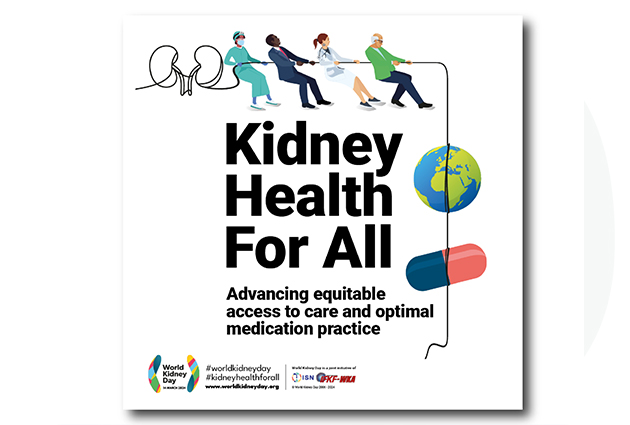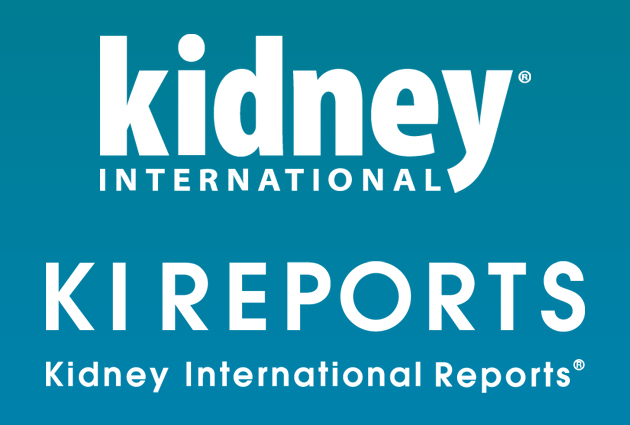Sparsentan Decreased Proteinuria, but Failed to Slow eGFR Decline in FSGS: Data From the DUPLEX Trial – New Selection of Global Trials Out Now!
ISN-ACT Global Trials Focus Subgroup member Anastasiia Zykova summarizes the design and outcomes of the team’s latest “Trial of the Month.”
Stay updated on the latest research and developments in kidney care: Access the new selection of global trials from the ISN-ACT initiative here.
The “Trial of the Month” is available in several languages.
Sparsentan Versus Irbesartan in Focal Segmental Glomerulosclerosis
Summary
The DUPLEX study is a phase 3 multicenter, double-blind trial that compared the efficacy of sparsentan, a dual endothelin-angiotensin receptor antagonist, to active control, irbesartan, in individuals with biopsy-proven focal segmental glomerulosclerosis (FSGS).
A total of 371 participants were randomized to sparsentan (n = 184; target dose, 800 mg/day) or irbesartan (n = 187; target dose, 300 mg/day) for up to 108 weeks. The primary efficacy endpoint of eGFR total slope (day 1 to week 108) was not statistically significant between the two groups (between-group difference of 0.3 ml/min/ 1.73 m2 per year; 95% confidence interval [CI], −1.7 to 2.4; P=0.75). Similarly, the eGFR chronic slope (week 6-108) was not significant (between-group difference of 0.9ml/min/ 1.73 m2 per year; 95% CI, −1.3 to 3.0; P=0.42).
However, at 36 weeks, treatment with sparsentan resulted in greater proteinuria reduction than irbesartan, which was sustained over 108 weeks. At 108 weeks, the least-squares geometric mean reduction in the urinary protein-to-creatinine ratio was 50.0% (95% CI, 40.8 to 57.7) with sparsentan and 32.3% (95% CI, 20.2 to 42.6) with irbesartan. There was also a higher incidence of partial remission (37.5% vs. 22.6%) and complete remission (18.5% vs. 7.5%) in proteinuria with sparsentan than with irbesartan.
In terms of safety, the rate of serious, treatment-related adverse events was similar between the two groups (37% in the sparsentan group and 43.9% in the irbesartan group). Although there were more episodes of hyperkalemia (16.8% vs. 10.7%) and hypotension (17.9% vs. 11.2%) in the sparsentan group, there was no increased risk of peripheral edema (19.6% vs. 21.9%).
Commentary
Focal segmental glomerulosclerosis is a rare kidney disorder that is challenging to manage as there are limited treatment options, and despite treatment, many patients progress to kidney failure. The authors should be commended on conducting the largest FSGS trial to date, demonstrating that evidence generation is feasible even in rare conditions.
Sparsentan seemed a promising treatment option in FSGS based on the significant reduction of proteinuria in the DUET trial and the beneficial anti-proteinuric and kidney preservation effects in the treatment of IgA nephropathy in the PROTECT study. However, sparsentan failed to significantly slow eGFR total or chronic slope in people with FSGS over two years in the DUPLEX trial. The negative results were found despite the trial being larger than the IgA nephropathy trial and despite recruitment of a high-risk population losing 5.7ml/min/1.73m2/year (95% CI -7.2 to 4.3) in total eGFR slope in the irbesartan group.
The study population was also heterogeneous for some known poor prognostic clinical factors: 20% had an FSGS-associated genetic variant, and 26% were on concomitant immunosuppressive therapy during the trial. It remains possible there could be a smaller benefit than the study was powered to find or a larger benefit for an unidentified subgroup. The open-label extension trial will determine whether longer follow-up reveals a delayed response. For now, though, the absence of a statistically significant difference in eGFR total slope in the presence of decreases in proteinuria at the end of follow-up is disappointing.










